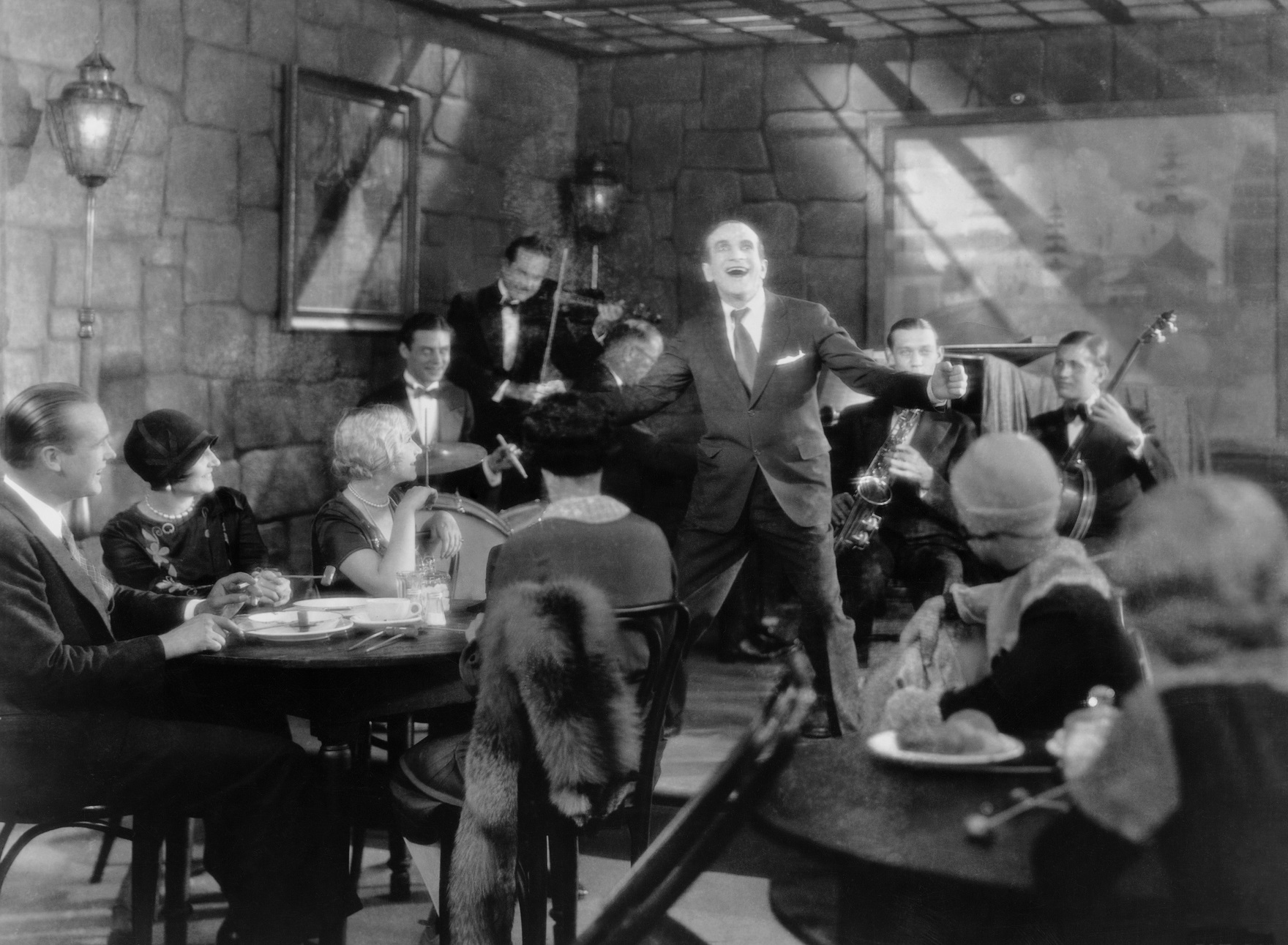

Quite apart from the fact audience used to vocally make their sentiments about the ensuing drama known to all, many movies were screened while a musician or even an orchestra performed a soundtrack.
As gramophone and speaker technology improved, various entrepreneurs experimented with systems where records were played more or less at the same time as the images on screen.
The October 1927 premiere in the United States of Al Jolson’s film The Jazz Singer, regarded as the first true "talkie", seems to have passed the Otago Daily Times by but the issue of sound and movies was one which it was to regularly canvas.
A few weeks later, in December 1927 the ODT reported that pioneering movie sound process Phonofilm now had a rival, Movietone, and that it had conducted a successful screening of several sound films, including one of British politician Lord Birkenhead opining on Anglo-American relations.
"The natural pose — Lord Birkenhead was speaking in the garden of his home — and the natural voice coming from a horn concealed behind and halfway up the screen, booming out into the silence of the darkened kinema, were uncanny."
By October the following year the rising interest in what the ODT dubbed "audible moving pictures" was sufficient for it to editorialise on the matter.
After sniffily noting that "many discerning people marvel that the moving pictures of the standard American type have so long retained their hold on the public interest", the paper questioned what use a film which talked English to an Argentine audience would be and doubted whether the silent movies had really done their dash or not.
Later that month London had its first screening of a talking movie, The Terror, which the ODT’s correspondent felt was a strain on the attention and unlikely to displace the silent film.
In January 1929 the talkies made it to Sydney and the paper’s Australian correspondent was more convinced than its London one about their prospects: "On all hands it is recognised that a long step forward has been made and the talkies have come to stay" ... although their sense of excitement at hearing a speech by Italian dictator Benito Mussolini seems a touch unfortunate given later history.
By March the Octagon Theatre was installing the necessary equipment to screen talkies, and on the 30th of the month it debuted a programme where French general Marshall Joffre, Irish aviator Lady Heath and Anglo-Irish playwright George Bernard Shaw would be among the world celebrities to speak.
The ODT was still not convinced though, and a week later editorialised that some people considered the motion picture "the greatest threat to civilisation" or "its choicest boon", leaving little doubt which camp it favoured.
Grudgingly, however, it conceded that despite being "immature and imperfect’ and having the serious handicap that the public seemed to like them, that "the talking film should find sufficient adherents to ensure its future."
By the end of May, with the Octagon playing its talkies to packed-out theatres, its competitors were forced to follow suit.
The Regent announced that its first talkie would screen in a week’s time, despite a flurry of angry letter writers to the ODT complaining that this would mean the end of the theatre’s excellent house orchestra.
The Empire added talkies to its repertoire in June and on July 5 it screened The Jazz Singer for the first time ... Talkies were now definitely here to stay.












